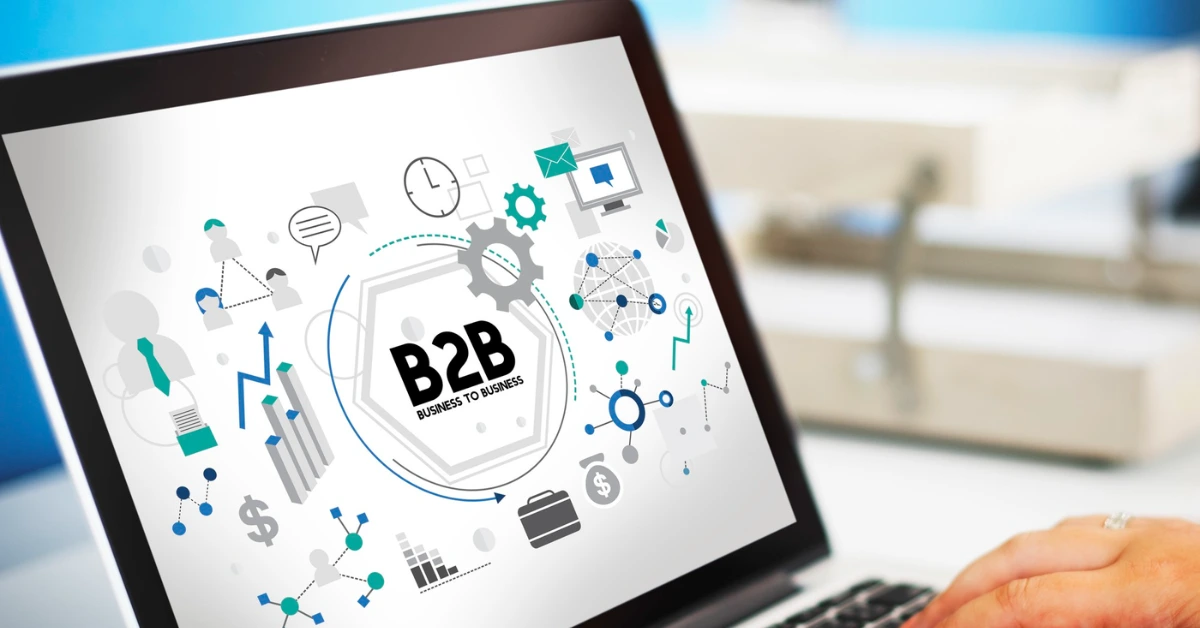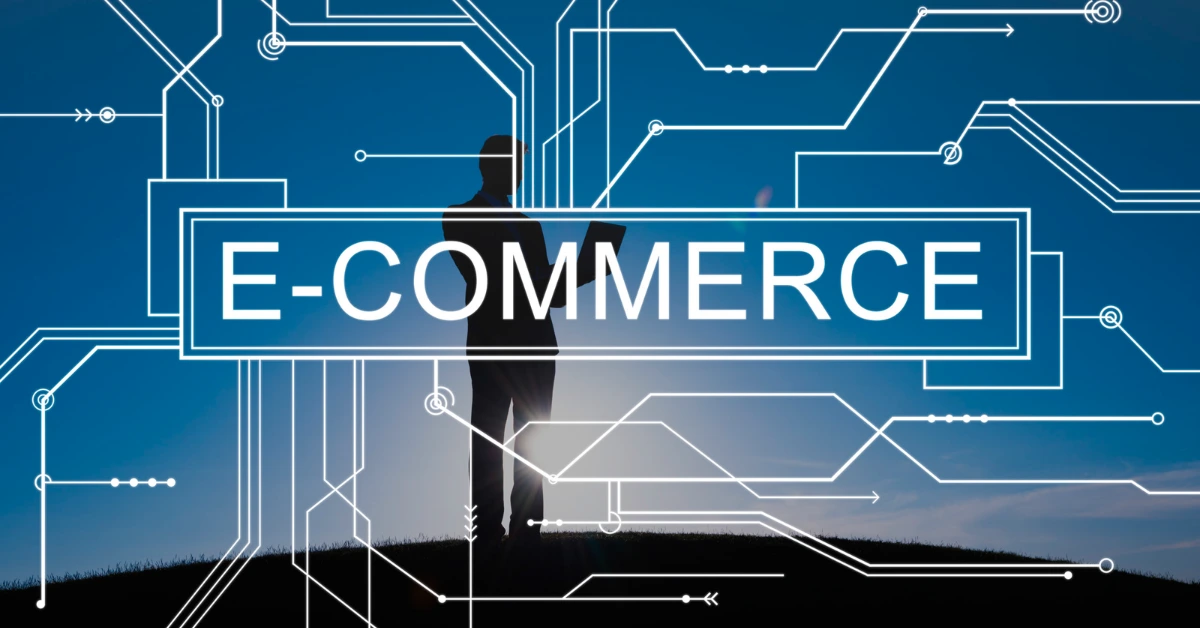B2B Ecommerce, or business-to-business Ecommerce, is evolving rapidly. B2B companies must fine-tune their approaches and foresighted techniques and handle and be intelligent to enhance their online sales. In 2025, simply possessing a website as a retailer will not suffice; using b2b ecommerce strategies to ensure high-level interaction and boosting long-term business collaborations will be vital. Whether you are a retailer, distributor, or wholesaler, The right B2B ecommerce strategies will aid in accelerating growth and sales.
We will discuss b2b ecommerce strategies that will help the company remain ahead of the competition in 2025. We will also share real-world case studies and reliable information to assist you in executing the strategies.
1. Customization for Tailored Experiences Improves Customer Service
As Forrester and Gartner report, e-commerce custom experiences will shift from an option to a baseline in 2025. B2B customers have also glided towards personalization. This means B2B ecommerce strategies should include individualized product suggestions, personalized emails, adjusted pricing, and business-to-consumer marketing approaches.
Example:
Consider you are a supplier of office equipment. Your store template must retain all relevant information. When customers log in, their offline and online orders, along with advanced pricing, should be visible. AI-enablement processes and CRM integration can provide effortless experiences.
2. Unrestricted Mobile Optimization
Recent research indicates that more than 60% of B2B purchasers use mobile devices at some point in the buying process. Your B2B portal needs to be mobile optimized, which entails responsiveness, quick loading speeds, and ease of navigation.
Strategic Suggestion:
Mobile purchases should be directed to Progressive Web Applications (PWAs). There’s no need to download these, as they perform like apps, so your clients will be able to connect with your brand through any device.
3. Self Service Portals with No Friction Experiences
Modern B2B shoppers tend to prefer buying online without assistance. Most do not want to call or send an email to a sales representative. Instead, they wish to browse product catalogues, verify stock items, view pricing, and monitor orders. This is where self-servicing emerged as an innovative feature of B2B eCommerce solutions.
Features To Add:
- Order Tracking
- Product Catalogs with Multiple Filters
- Quote Generator
- Reorder Form
These self-servicing features take a massive burden off customer service representatives and increase buyer experience.
4. Product Information Management (PIM) Enhancements
Overwhelming customer data includes sophisticated product data. Transactions under B2B will likely involve numerous catalogues, technical descriptions, multiple SKUs, and bulk price listings. A powerful PIM system guarantees that all pertinent information regarding your product is up-to-date and valid across all interfaces.
Example Input
A PIM can greatly aid an electrical components supplier by organizing thousands of SKUs with their technical specs, compliance certifications, installation guides, and high-resolution images, which undoubtedly elevates the buyer’s journey.
5. Customer Service
Incorporating AI-powered chatbots into your B2B eCommerce strategies enables instant support at any hour of the day. These bots effortlessly accomplish tasks such as answering FAQs, making product recommendations, and guiding users throughout the purchasing process.
Despite automation’s benefits, it is critical to provide a smooth transition to human agents for complex queries requiring a higher level of assistance.
6. Integration and Omnichannel
Prospective customers don’t spend all their time on your website. They are also interested in social media, purchasing portals, and even marketplaces. To truly capitalize on B2B eCommerce strategies for 2025, there needs to be a seamless omnichannel presence combined with tight integrations to CRM, ERP, and inventory systems.
An example in practice is an industrial parts supplier leveraging their Amazon Business or Alibaba account to list their products while maintaining in-sync inventory with their eCommerce store and ERP, expanding opts visibility without creating operational havoc.
7. Logic Based Optimization
When developing eCommerce strategies, analytics scoped out via heatmaps, reporting of conversion rates, or abandoned carts become vital in pinpointing issues and optimizing the B2B eCommerce venture.
Utilization of technologies such as Google Analytics 4, Hotjar, and Shopify’s B2B dashboards allows you to:
- Analyze Purchasing Activity
- Determine Your Best-Selling Items
- Refine Customer Experiences
- Tailor Marketing Initiatives
8. Discounts for Bulk Purchases and Dynamic Pricing
Having flexible price options is essential for B2B sales. Offer flexible prices depending on order size, customer category, or the type of contract. This promotes trust and customer allegiance while also encouraging higher sales volume.
Example:
Take a client who routinely buys 100 units of a product. You can significantly increase your average order value by offering a 5% reduction on the price when they purchase 150 units instead. Set these rules within the bounds of rule-based engines or through AI tools on your eCommerce platforms.
9. B2B Targeted Content Marketing
Content marketing is not only meant for the B2C audience. Pertinent blogs, product videos, robust comparison charts, and white papers suit B2B clients.
Target relevant long-tail keywords through SEO in your B2B eCommerce plans. Your purpose is to be the top authority in your field, capturing organic traffic while improving credibility.
10. Secure And Flexible Payment Solutions
Payments made between businesses are often more complicated than payments made between businesses and consumers because of the high volume of transactions, net payment terms, and multiple authorization levels. A sophisticated automated accounts receivable solution that allows payment through ACH, wire transfers, credit terms, or even digital wallets like PayPal is game-changing.
Payment processors specializing in B2B transactions, such as PayPal B2B and Stripe B2B, offer simple integration without compromising flexibility or safety.
11. Subscription And Replenishment Models
Many B2B organizations rely on one or more sales funnels to sell their products or services. Setting up subscription, auto-filling, or auto-replenishment plans ensures smooth and uninterrupted cash flow while creating a positive customer purchasing experience.
Example:
A janitorial supply company can enable clients to automatically receive hand soap, disinfectant, and paper towels and monthly upkeep so they never run out of these essential items. This reduces customer effort, improves customer retention, and makes client procurement easier.
12. Sustainability As A Unique Selling Proposition
B2B buyers have become more socially and environmentally responsible. You can garner further attention by marking your commitment, such as adopting an eco-friendly emissions policy, using energy-efficient transportation, or using responsible, eco-friendly materials.
Sustainability should be incorporated into your marketing strategy and communication through various digital channels. Doing so will appeal to consumers and boost sales. It’s a noble cause, but it’s also a smart business strategy.
Constructing Your Tomorrow with Innovative B2B eCommerce Tactics
Changes in the B2B world are taking place at an extreme velocity. Businesses integrating innovations and those employing customer-focused designs combined with analysis will be frontrunners by 2025. These tried and tested B2B eCommerce tactics will help you acquire more customers, attain more significant contracts, and foster lasting relationships.









Share